Significance of HRIS data for Payroll Integration
Category: SAP SuccessFactors - EC & PMGM Posted:Nov 17, 2017 By: Ashley Morrison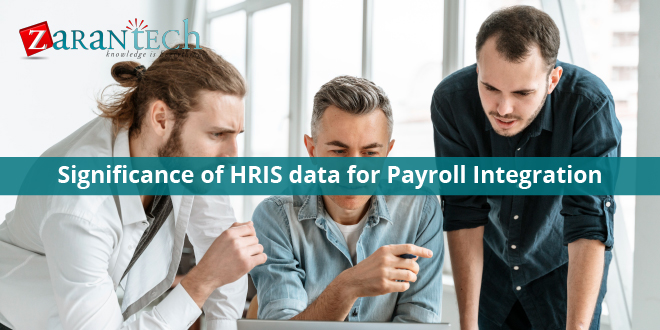 HRIS (Human Resource Information System) is the combination of information technology and human resources via HR software. Which permits HR processes and activities to happen electronic mode, it is also known as Human Resource Management System (HRMS).
HRIS (Human Resource Information System) is the combination of information technology and human resources via HR software. Which permits HR processes and activities to happen electronic mode, it is also known as Human Resource Management System (HRMS).
HRIS offers number of solutions offered to its end users. Some of these cover solutions in compliance, training, recruiting and payroll. Most of the productive HRIS systems incorporate supple designs that feature databases which are integrated with a broad range of existing features. Ideally, they will also achieve the ability to generate reports and examine information accurately and rapidly, to assemble the workforce easier to manage.
Basically, Human Resource Information System is an data source for most of the data required by your payroll system to process an employee payroll. In few cases, the payroll information (e.g., tax data, benefits, garnishments, specific deductions, and so on) is entered directly into the payroll system. Even if there are other integrations available for your payroll system to different system, usually the integration is available in only one direction from HRIS to the payroll system. In this article we have outlined few concepts that boosts the significance of HRIS data for payroll Integration.
Payroll integration critical for employee engagement
The employee payment process plays crucial role when compared with other Business process. Even small errors can be taken badly by employees and major problems in payroll can have huge consequences for your business-as-usual operations. Workers are aware of the intensity of the occurred inconveniences to their employer when the employees are not paid as expected. Hence, choosing a right payroll while implementing it or integrating is an important decision made by HR Admin.
Additionally, payroll is not the last stop for HR-related data. The payroll data also gets duplicated to other systems inside and outside of your company, like your benefits system, finance system, analytics and reporting system, pension system and so on.
Process of replicating the important data from HRIS to payroll
Collaborating payroll mainly focuses on replicating employee data, compensation data and compensation constituent data from the HRIS. Dissimilar payroll systems need data in non-identical formats, but all payroll systems are in need of the basic employee minimaster of data (e.g. address, name, date of birth and more) and their dissimilar compensation components (e.g., bonus, basic pay, car allowance and so on). Some systems need amounts in paid amount and annualized amount. In some cases, the compensation component objects should to be replicated.
Often, the payroll system urges for other pay-related information like pay range or grade. In the case where your HRIS is implemented to capture time, benefits or absence of data, then this may also need to be replicated. There is a possibility of time recording data to be replicated in its post-evaluation or captured form, based on the payroll system’s requirements.
In a payroll integration data transformation is an important process. Particular values are required in certain formats in the payroll systems. These type of mapping has to be defined prior to any integration build.
Localizations are an integral part of payroll. Every nation has its own norms that often need to be catered for in an HR system where the integration has to manage these fields. In cases where there is payroll-specific data, that will often be entered directly into the payroll system. Remarkable testing is required to guard that a payroll run performed after integration runs as expected and with the correct output.
Go through our SAP SuccessFactors Interview Questions to crack the Interviews.
Challenges of payroll integration
Payroll integration is not always challenging, but this process is more concerned to avoid few annoying consequences as mentioned earlier which causes employee dissatisfaction. Few payroll systems require a full file each time, while others can accept a delta file of just the changes since the last run. Sending a full file each time can be resource-heavy and often have a long run time. This influences the delivery of data into the payroll system that might affect the data validation and payroll runs. In few cases, if your HRIS doesn’t manage effective dates, then it is not possible to pick a delta file, since your HRIS is not aware of the occurred changes since the previous run. Similarly, if your middleware isn’t capable of storing the date of the last integration execution, then it cannot question the HRIS for the records which are redefined from the last integration execution date.
Many payroll systems don’t accept web services and, in few worst-case scenarios, a report is sent to the vendor to input manually. In such scenarios, there are few options rather than exporting a Comma-Separated Values (CSV) file or build a report to deliver the vendor. However, those scenarios at least are easier to manage than with web service integration, albeit, much less secure.
Middleware, web services and more
If both your HRIS and payroll system embrace the web services, then it is better to integrate the middleware to handle the integration. The middleware can be used to pull the data from your HRIS, perform the data transformation and then push this data out to the payroll system. Most of the middleware platforms can export the data onto a File Transfer Protocol in a common flat-file format like a CSV file, even if your payroll system don’t agree web services. Some cloud-based HRISes has the functionality to completely change the data and export a flat file onto an FTP on a scheduled basis so that no middleware is required. Usually, this functionality is designed for the more straightforward integrations.
Integrated payroll software
One recommendation would be to consider using a vendor that can provide both HRIS and payroll capabilities. This decreases the complexity involved in payroll integration with your HRIS, Since common data models, point-to-point replication or shared employee data tables in a single system can result simplified effort in ensuring that payroll can run as you need it, when you need it.
Check out this insightful video on SAP Successfactors(EC,PM,GM) Tutorial for Beginners:
Conclusion
Human Resource Information System (HRIS) is a critical part of daily HR operations for an organisation of varied size. Now there is a trend among international employers in implementing their HRIS across the globe to ensure compliance by attaining visibility in employment activities while spreading costs. Join ZaranTech’s SAP SuccessFactors learning programs to upgrade your technical skills through our Industry experts.
Wish to learn more? Check out ZaranTech’s SAP Successfactors EC,PM&GM course to get an in-depth understanding of SAP Successfactors!
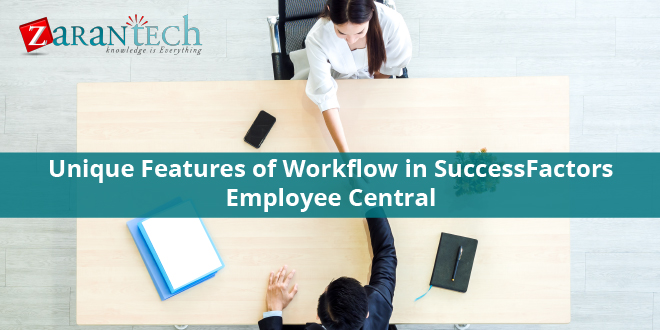
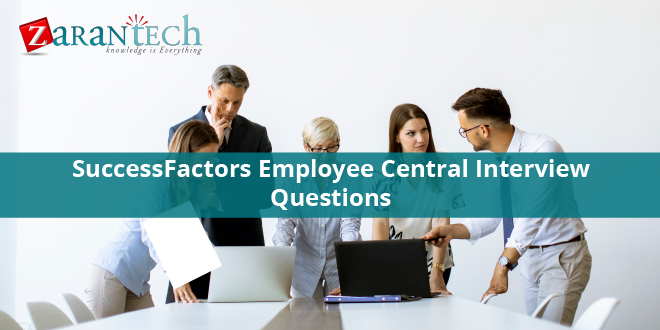
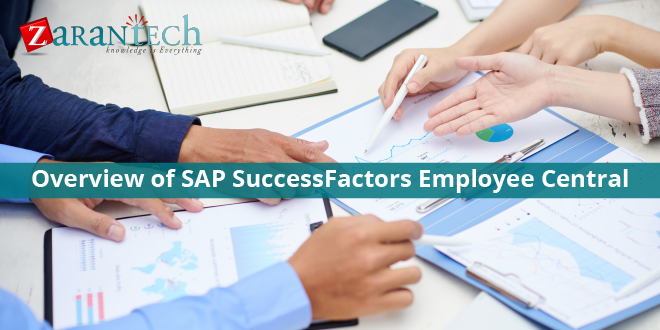
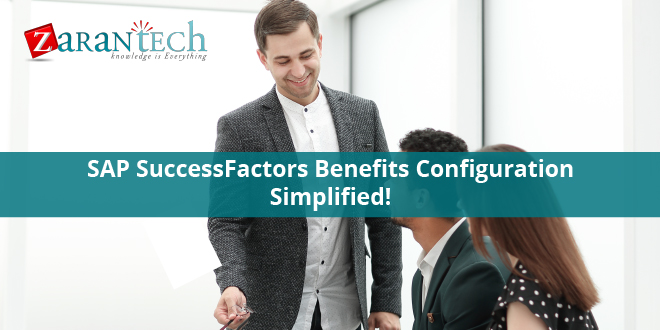
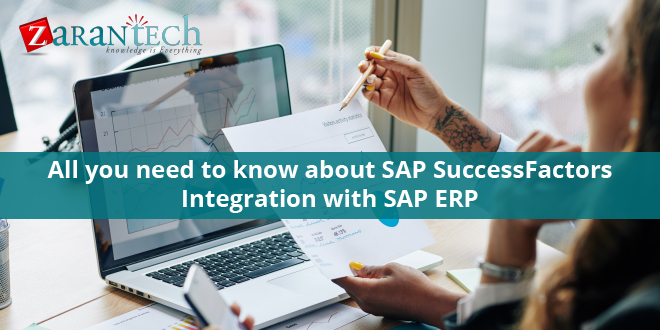
 99999999 (Toll Free)
99999999 (Toll Free)  +91 9999999
+91 9999999